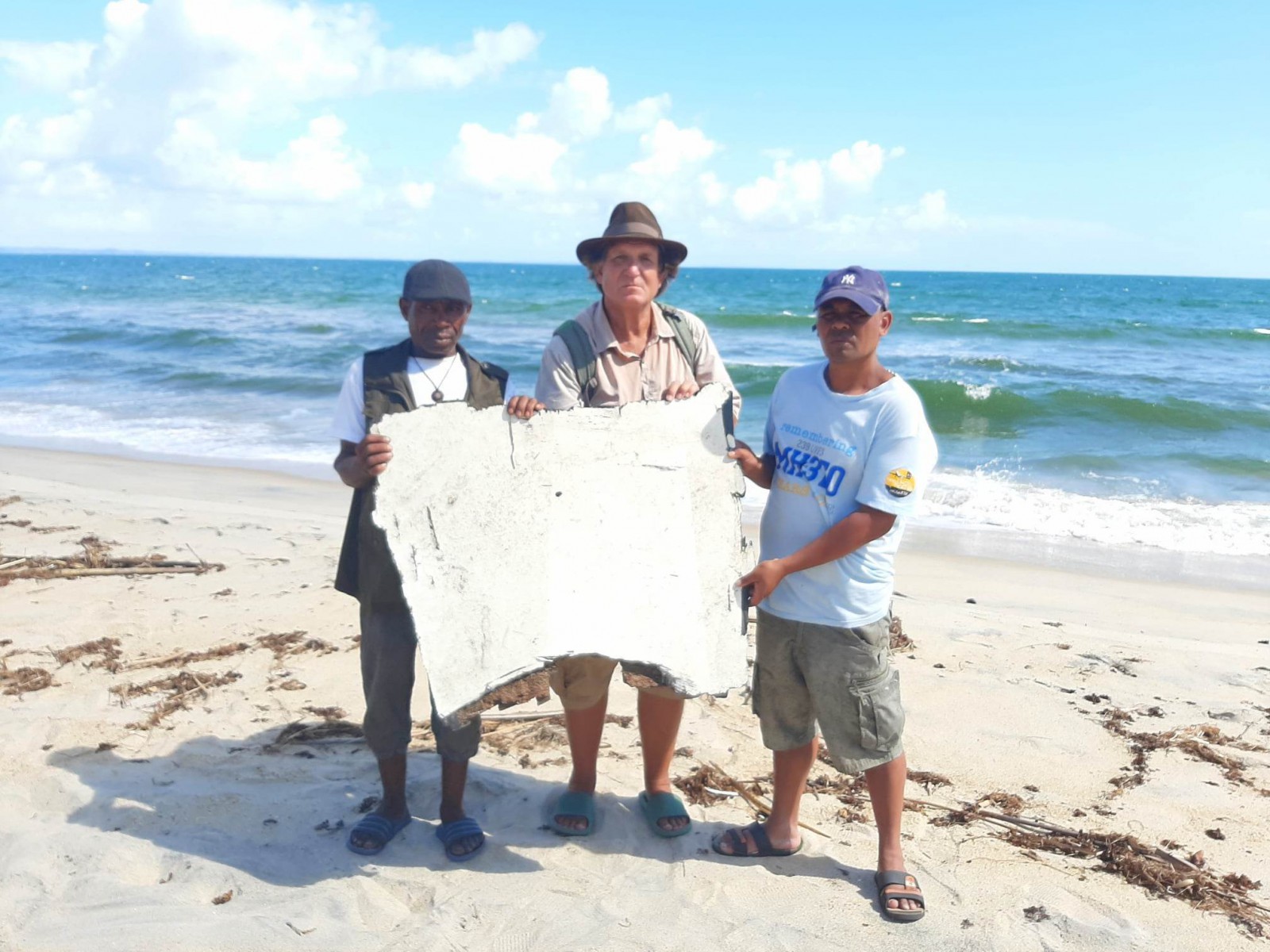Sensational MH370 Debris: Questions & Answers
22 December, 2022
4 min read

Geoffrey Thomas
By joining our newsletter, you agree to our Privacy Policy


The new sensational piece of MH370 debris uncovered by Blaine Gibson and the subject of a report from Mr Gibson and aeronautical engineer Richard Godfrey has raised questions which have now been answered in the new paper released today.
You can view the document here:
Subscribe to the Airlineratings.com newsletter to get the relevant news first
In the conclusion Mr Godrey and Mr Gibson say;
"We remain convinced that the new discovery is almost certain to be a floating debris item from the crash of MH370. It is likely to be the remnants of a movable wing component in the vicinity of the engines. The force of the puncture damage has not been seen on any other of the 36 floating debris items found from MH370 and handed to the authorities for analysis.
"One aircraft component that is a moving part in the vicinity of the engine and in an exposed position, when opened, is the main landing gear trunnion door. The direction of the puncture damage means that it is more likely that the landing gear was extended than retracted. In our report, we stated: “the landing gear was highly likely extended on impact, which in turn supports the conclusion that there was an active pilot until the end of the flight.”
"Until corroborating evidence comes to light, we have decided to remove the word “highly”. We now conclude “the landing gear was likely extended on impact, which in turn supports the conclusion that there was an active pilot until the end of the flight.”
"The active pilot did not follow the normal procedure, as successfully applied by Captain Sullenberger on flight US Airways 1549, in his emergency landing on the Hudson River, to extend the flaps but keep the undercarriage retracted in the up position.
"The ATSB concludes in their analysis of the MH370 Outboard Flap that the flaps were not extended. If the undercarriage of MH370 was lowered, then it begs the question of why the normal procedure was not followed. Obviously, if an active pilot did not care about the safety of the aircraft or the resulting damage, then this procedural question is of no significance.
"The final conclusion in our report remains unchanged as follows: “The recovered 370 floating debris speaks to how the plane crashed, and the oceanographic drift analysis speaks to where. Neither can tell us who was flying the aircraft or why.”
About AirlineRatings.com
Airlineratings.com was developed to provide everyone in the world a one-stop shop for everything related to airlines, formed by a team of aviation editors, who have forensically researched nearly every airline in the world.
Our rating system is rated from one to seven stars on safety – with seven being the highest ranking. Within each airline, you will find the country of origin, airline code, booking URL and seat map information. The rating system takes into account a number of different factors related to audits from aviation’s governing bodies, lead associations, as well as the airlines, own safety data. Every airline has a safety rating breakdown so you can see exactly how they rate.
Over 230 of the airlines on the site that carry 99 per cent of the world’s passengers have a product rating. Given that low-cost, regional and full-service carriers are so different we have constructed a different rating system for each which can be found within each airline.
Next Article
Qantas triples profit but misses mark

Get the latest news and updates straight to your inbox
No spam, no hassle, no fuss, just airline news direct to you.
By joining our newsletter, you agree to our Privacy Policy
Find us on social media
Comments
No comments yet, be the first to write one.
